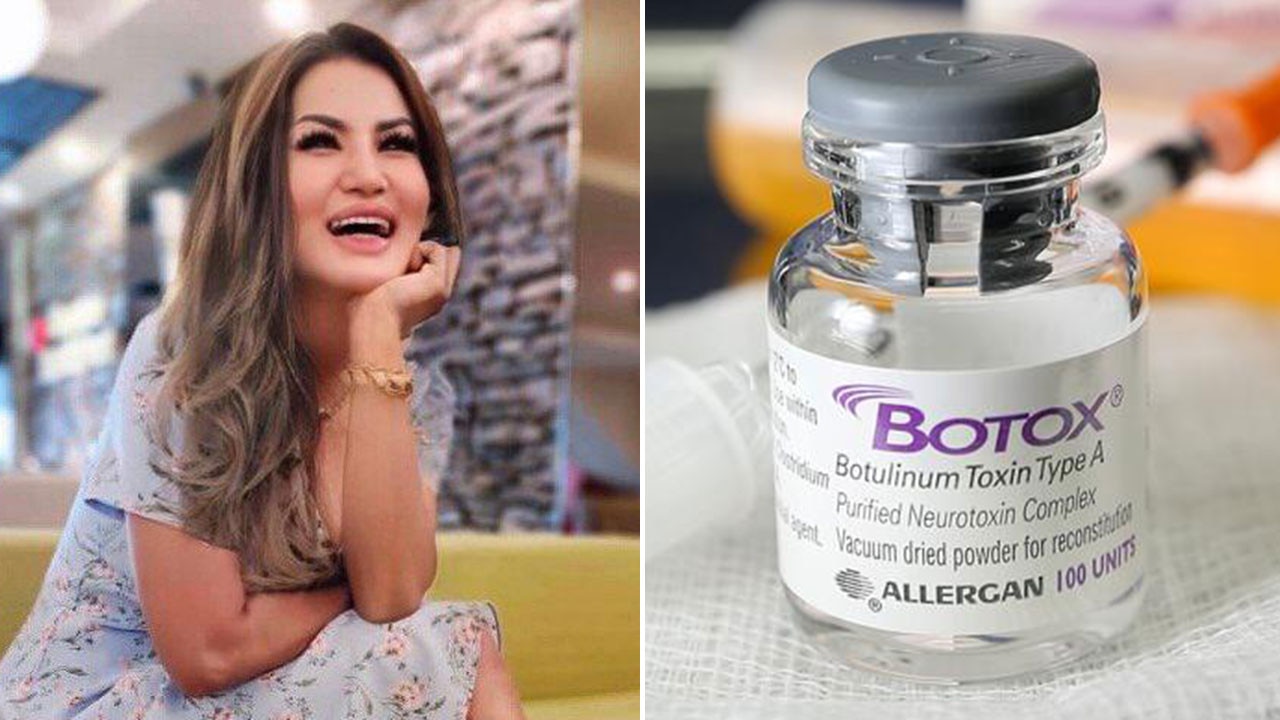145,000 Australians to be diagnosed with cancer this year
A Sunday Telegraph investigation looks into the highest rates of cancers in your area, shows what types of cancer you are most likely to be at risk of — and what lifestyle choices you can make to prevent them. INTERACTIVE: SEARCH CANCER RATES IN YOUR SUBURB
Cancer will be diagnosed in an estimated 145,000 Australians this year and will kill roughly 136 people a day.
While survival rates have increased, the incidence of cancer is also on the rise.
However, cancer is no longer considered just bad luck as an increasingly body of evidence has identified key lifestyle changes you can make to stave off the “big C”.
A third to a quarter of all cases of cancer can be avoided by changing bad habits — that’s 43,500 cases a year.
A Sunday Telegraph investigation looks into the highest rates of cancers in your area, shows what types of cancer you are most likely to be at risk of — and what lifestyle choices you can make to prevent them.
Women on Sydney’s north shore have the highest incidence of breast cancer in NSW, while men living in the Murrumbidgee have the highest incidence of prostate cancer in the state. Northern NSW has the highest incidence of all cancers combined and Western Sydney has the lowest.
While there are many social, cultural and genetic determinants that contribute to risk, the NSW Cancer Council’s director of cancer prevention Anita Dessaix said you can dramatically reduce your cancer risk by making simple changes to lifestyle and participating in the state’s screening programs for breast, bowel, prostate and cervical cancer.
MORE FROM JANE HANSEN:
Pregnant women could pass on deadly virus to unborn babies
Sydney kids transplant centre to ease family trauma
While breast, prostate and bowel cancer are the most commonly diagnosed, lung cancer remains the biggest killer in Australia and smoking or exposure to smoke contributes to the highest number of cancer cases each year, estimated to be as high as 16,000.
South western Sydney has the highest rate of lung cancer in the state at 49 cases per 100,000 people compared to the national average of 44 per 100,000. A look at the NSW Health statistics also reveals Southwestern Sydney has the highest proportion (16 per cent) of adults who smoke. North Sydney has the lowest rate of smokers (5.5 per cent) and the lowest rate of lung cancer as a result (31 cases per 100,000).

Avoiding tobacco is the single biggest fix to avoiding lung cancer, as is avoiding overexposure to UV radiation, which causes 7200 skin cancers a year.
But diet, obesity and alcohol consumption is also emerging as a serious risk factor.
Inadequate diet (too much meat, not enough fruit, vegetable and fibre) is estimated to cause 7000 cancer cases each year, while being overweight or obese contributes to 4000 cases of cancer a year Ms Dessaix said.
“For those cancers we know are highly preventable, the key risk factors that we describe as modifiable risk factors, include tobacco smoking, avoiding harmful and overexposure to UV radiation and maintaining a healthy weight,” Ms Dessaix said.
“There is a known alcohol and cancer risk so those who chose to consume it should do so in moderation, cutting down on red and processed meat.
“We know from fruit and vegetable consumption is nowhere where it needs to be and that plays an important role (as does) maintaining a physically active lifestyle.”
Northern NSW may have an image of a healthy lifestyle but it has the state’s highest rate of overall cancers.
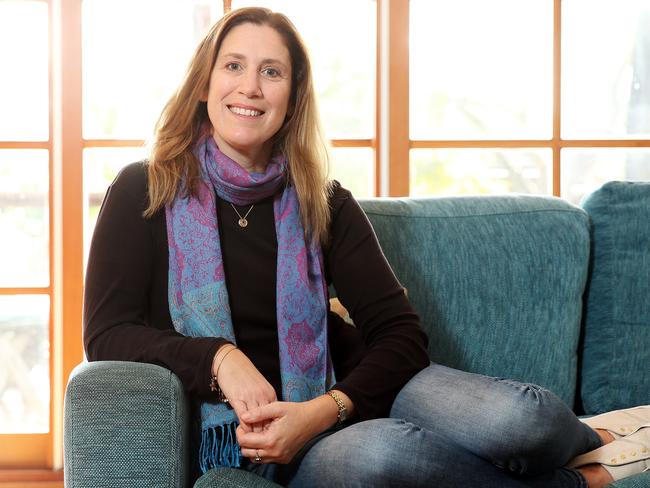
The national average of all cancers is 497 cases per 100,000 but Northern NSW’s rate is 546.
Its sunny, beach lifestyle, coupled with a high caucasian population and increasing ageing sea-changers, means it has almost double the national rate of melanoma — 90 cases to the national rate of 49 per 100,000. UV overexposure causes 95 per cent of melanomas.
Jenny Thulborn from Tweed Heads had another basal cell carcinoma burnt off her shoulder last week, but she is a self-proclaimed “living miracle”, having survived stage four melanoma, which she was diagnosed with at just 30 years of age.
“I was always in the sun as a kid and in my late teens I tanned with Reef Oil and in my 20s I used the solarium,” the blonde-haired, fair-skinned mum of four said.
“I was diagnosed with a melanoma on my back just after I gave birth to my second child. But 17 years later, at age 47, I had 39mm tumour in my brain and in my lung,” the now 55-year-old said.
She is alive thanks to new immunotherapy drugs but tries to spread the message to keep out of the sun.
Western Sydney has the lowest rate of cancer incidence with 471 cases per 100,000, 26 cases below the national average.
Both Western Sydney and Southwestern Sydney have the lowest rates of melanoma, thought to be in part because of a higher migrant population with protective darker skin and cultural requirements to cover up.
And, while the smoking-lung cancer link is clear, emerging research shows that poor diet is almost on par with overexposure to UV radiation for causing a range of cancers.
“If we look at inadequate diet that is made up of meat, fibre, fruit and vegetable intake, that accounts for approximately 7000 cancer cases in Australia. Overweight and obesity, that comes in at about 4000 cancer cases annually,” Ms Dessaix said.
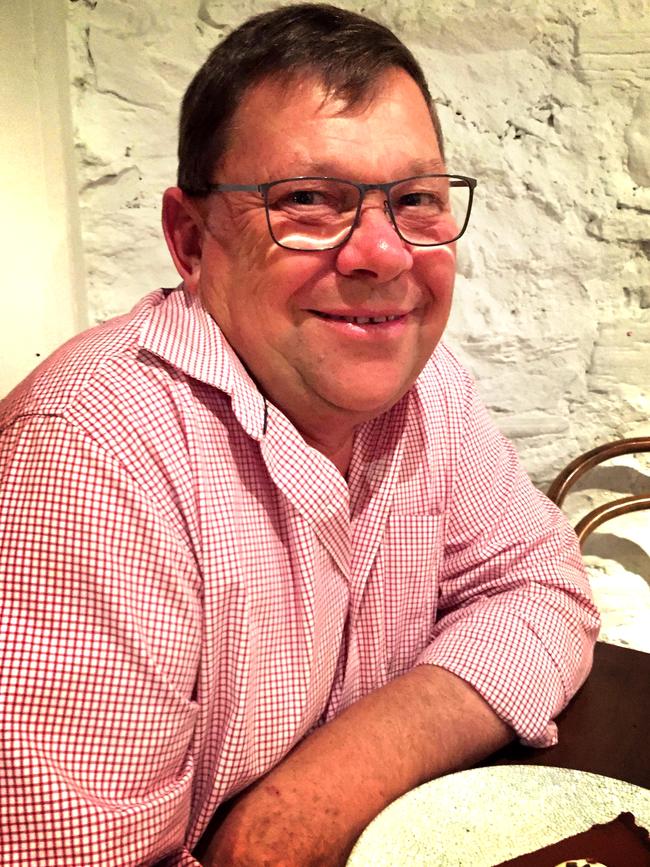
According to NSW Health statistics, hospitalisations for overweight and obesity are highest in Gundagai, Wagga Wagga, Cobar and Bourke. In Sydney, it’s Blacktown and Campbelltown.
Terry Slevin from the Public Health Association of Australia said obesity was emerging as a major player in the most common cancers.
“The big volume ones for obesity are breast cancer and colorectal cancer but oesophageal, endometrial and various others as well,” Mr Slevin said.
Research by the Cancer Council has estimated the cost of cancer to Australia’s health services was more than $6.3 billion in a four-year period between 2009 and 2013. The largest costs were associated with bowel cancer ($1.1 billion), breast cancer ($0.8 billion), lung cancer ($0.6 billion) and prostate cancer ($0.5 billion).
Prevention is much cheaper than cure, Mr Slevin said.
“We need to invest in prevention, our argument is we put less than 2 per cent into prevention and proper early detection and screening programs should be captured within that. We need a greater investment in those preventive programs,” he said.
Alcohol is also playing a role in cancer but few know about the link.
“Baby Boomers are not reducing their alcohol content but the science is pretty clear — 3 to 5 per cent of cancers are attributable to alcohol consumption,” Mr Slevin said.
“Alcohol certainly plays a role across a number of cancers, and there is accumulating evidence it makes a major contribution to prostate cancer.”
It is also a major risk factor in breast cancer with women who drink regularly about 15 per cent more likely to develop breast cancer.
“It is prominent in breast cancer and that is an area we have got to recognise that alcohol consumption is a major issue,” Ms Dessaix said.
“When it comes to overweight and obesity and alcohol, unfortunately that community awareness of the link is not top of mind, like tobacco and overexposure to UV is.”
Wheeler Heights mum Merryn McLachlan was diagnosed with breast cancer at the age of 37.
The Northern Sydney Public Health Network has the highest incidence of breast cancer in the state at 137 cases per 100,000, against the national average of 120.
“My next door neighbour had breast cancer before me and my close friend a few doors up had treatment at the same time as me, as did another friend at the top of our street. When my son was in Year 3, four mothers in the class, including me had breast cancer and three of us survived,” the 45-year-old said.
“Maybe we tend to detect it earlier, or maybe it is the high stress lifestyle, long hours, big mortgage and having that glass of wine when you get home.”
Alcohol can increase levels of oestrogen and other hormones associated with some forms of breast cancer and, compared to those who don’t drink, women who have three alcoholic drinks per week have a 15 per cent higher risk of developing breast cancer.
According to NSW Health statistics, women in Northern Sydney are three times more likely to drink alcohol daily than their counterparts in Western Sydney, which has a below average incidence of breast cancer.
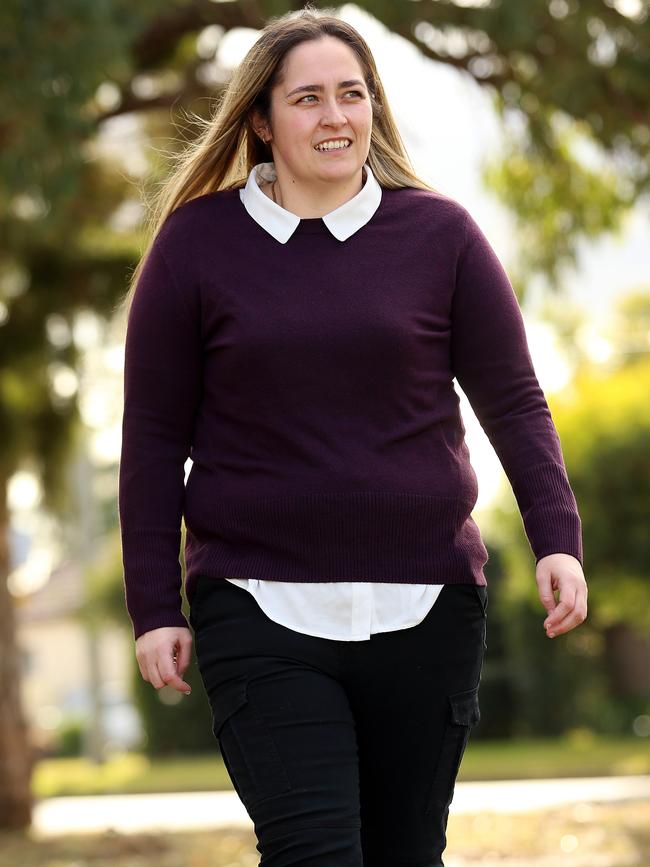
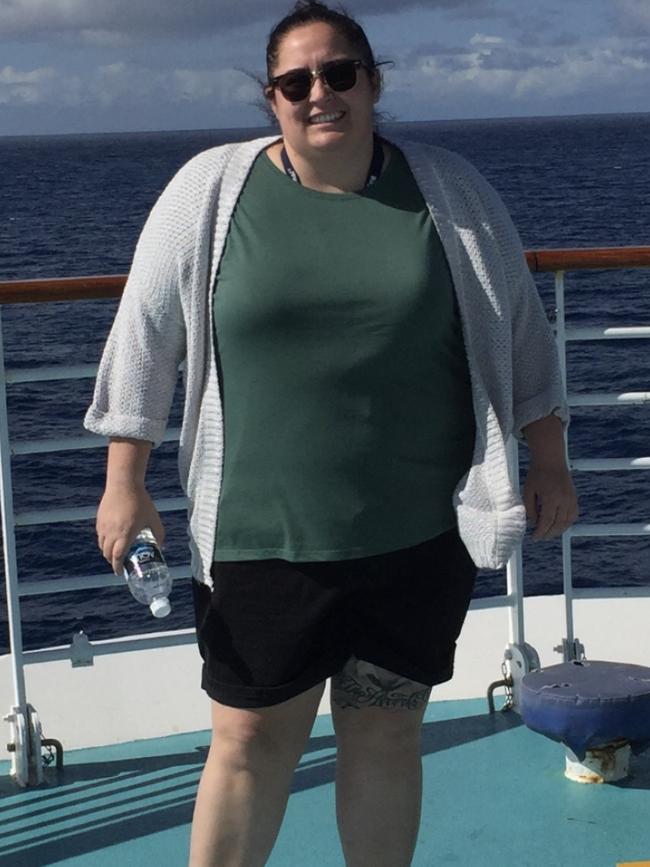
Alishea Misovic from Oxley Park is at high risk of bowel cancer because her father was diagnosed with stage three cancer at the age of 32. As there is a genetic factor, she is required to have regular colonoscopies. Colorectal cancer risk factors also include diet. Obesity is increasingly being identified as a major risk factor for many cancers like bowel, oesophagus, pancreas, liver, breast and ovarian.
Ms Misovic had always struggled with her weight and, at 130 kilograms, she decided to act.
“My family told me I was too big and needed to lose weight. I had tried everything from shakes, diets and a trainer but in 2017, I opted for endoscopic sleeve surgery,” the 28-year-old said.
At the BMI clinic, surgeons stitched the stomach to shorten its length. She has lost close to 50 kilograms but regained her health and has hopefully made the kind of change that will stave off bowel cancer
“I feel great, I was a size 24, now I’m a 12 to 14,” she said.
A screening program for cervical cancer picks up precancerous cells but access to these lifesaving screening programs drops off with every kilometre you live outside a major centres, which is why Western NSW has the highest rate of cervical cancer in the state with 9.2 cases per 100,000 compared to the average of seven.
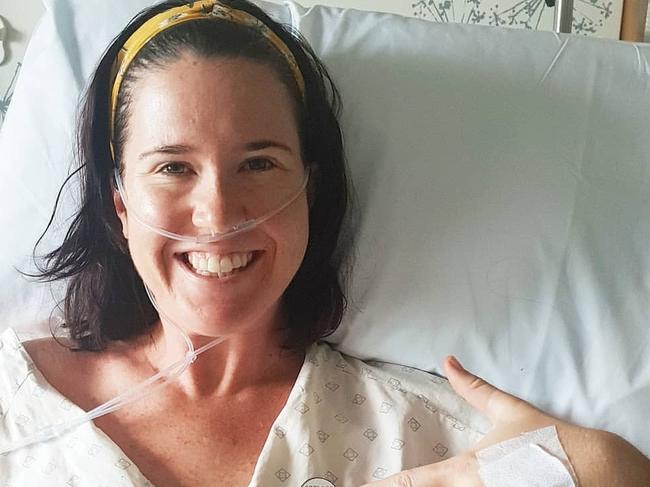
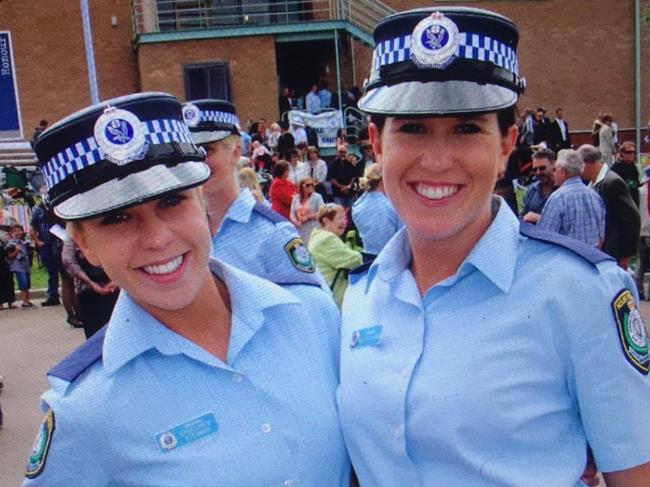
Kate Stephens, 31, lives in Garah, west of Moree. The 31-year-old was recently diagnosed with cervical cancer only because she was pursuing IVF with her new wife. The pair are police officers in Garah. Ms Stephens was overdue for her pap smear.
In April she had her cervix and six lymph nodes removed and now faces chemotherapy and radiation therapy.
It does not surprise her that country women have a higher rate of cervical cancer.
“From speaking to women around here, they are more likely to delay screening because it is hard to get a doctor’s appointment, you may have to book weeks in advance and there’s not a lot of female doctors, which can make women uncomfortable and often it is not bulk-billed. People in the country also tend not to go the doctor anyway,” she said.
The Murrumbidgee region takes in Albury, Wagga Wagga, Griffith and Tumut and, for some reason, it has the highest incidence of prostate cancer in NSW.
This area has 226 cases per 100,000 compared to the national average of 173.
Father of six Kym Holbrook from Wagga Wagga found out he had prostate cancer a decade ago at the young age of 49.
“I had advanced, aggressive prostate cancer. I had no symptoms before diagnosis and so the need to have regular check-ups is critical. I have had a radical prostatectomy, radiotherapy and am currently on intermittent ADT (Hormone Therapy),” Mr Holbrook said.

